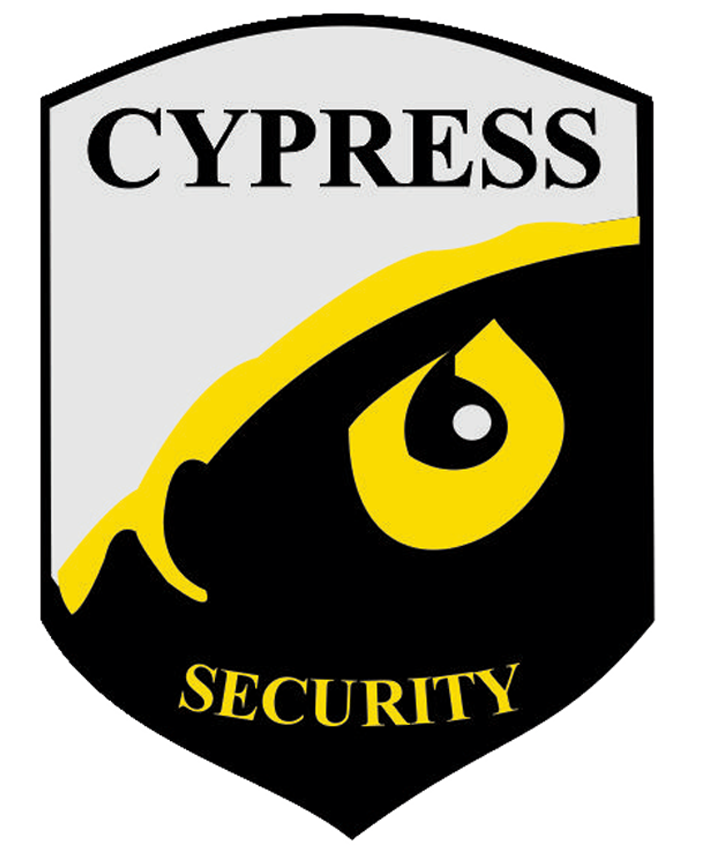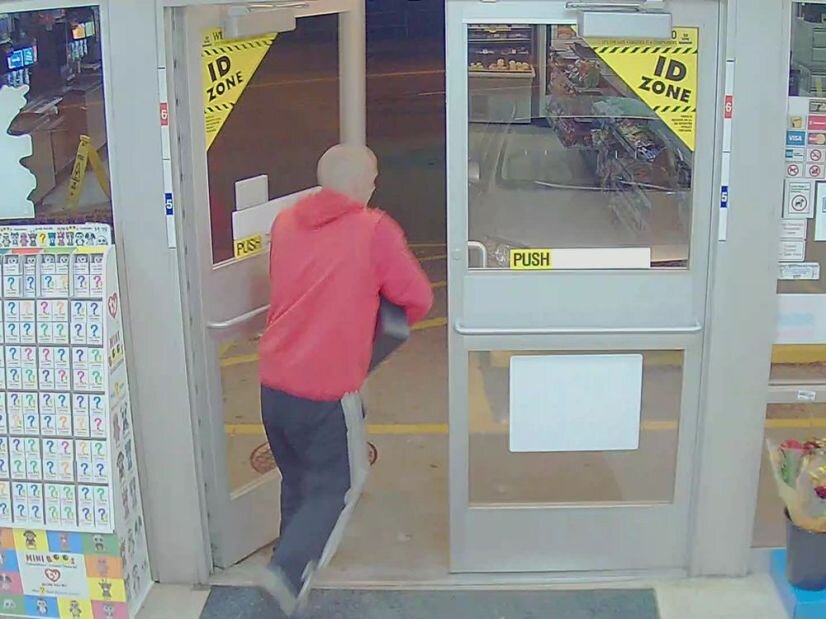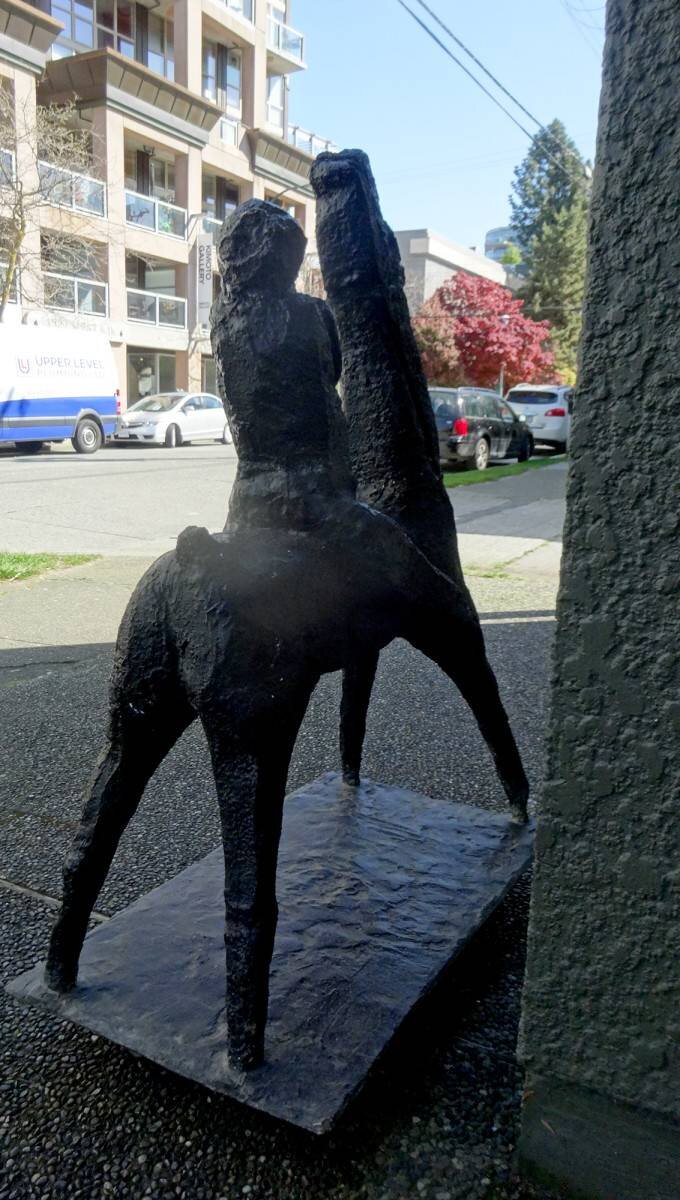It's a new version of a scam that has ripped off thousands of individuals
Elizabeth Thompson · CBC News · Posted: Nov 06, 2019 4:00 AM ET | Last Updated: 3 hours ago
Scam artists are using phone numbers from more than a dozen federal government departments to defraud Canadians — making it look as if the calls are coming from legitimate government agencies and police departments — CBC News has learned.
Some of the calls tell potential victims that their social insurance numbers have been compromised. Others are told that they owe the government money and are in legal trouble.
To deceive potential victims who examine the numbers on incoming calls, the scammers spoof their calls so that they display the phone numbers of the relevant federal government departments. In many cases, a scammer tells a victim they will be getting a call from a police officer — then spoofs the call that comes in a few minutes later so that it appears to be coming from local police.
"It's hitting lots of Canadians," said Jeff Thomson of the Canadian Anti-Fraud Centre. His own organization has been hit by the scam, with fraudsters pretending to be calling from his office.
"It's inundating police departments and it's inundating us with a number of calls. So it's a huge impact. We've seen a huge spike in the reporting on this fraud."
Thomson said he received four scam calls on his own personal phone inside of one week.
Scam undermining work of federal departments
The scam is having an impact on the ability of government departments to serve the public because they are being bogged down with phone calls from Canadians checking to see whether the calls they're getting are legitimate.
Federal government officials were unable to say just how many departments and agencies have been affected to date by the scam. But CBC News has identified a dozen — including bodies like the Canadian Anti-Fraud Centre, local RCMP divisions, the Competition Bureau and the Cybersecurity Centre which are supposed to help protect Canadians.
The calls spoofing the phone numbers of several different government departments appear to be part of a newer, more sophisticated version of a scam that has been running since at least 2014. That older scam involves fraud artists claiming to be agents of the Canada Revenue Agency, while the newer scam impersonates more government departments.
In 2018, a CBC Marketplace investigation into the CRA phone scam tracked the calls to a call centre in Mumbai, India.
Since 2014, the Canadian Anti-Fraud Centre has received 78,472 reports from across Canada of scammers pretending to represent the CRA or Immigration, Refugees and Citizenship Canada. The centre said 4,695 people across Canada have lost more than $16.7 million to the scam.
That doesn't include people like Andrea van Noord of Vancouver, who lost $6,000 last week to the scam.
The series of events that cleaned out her bank account started when she picked up her cellphone to hear a recorded message claiming to come from the CRA.
'I was panicked'
"I do owe them a small sum of money ... so when I heard that not pressing one would be tantamount to not showing up in court to deal with that issue, I was panicked," she said. "So I pressed one."
A woman asked her to confirm her identity, then told her that her social insurance number had been used in a $3 million fraud involving 25 credit cards. When the woman asked if her personal information could have been stolen, van Noord thought immediately of the laptop filled with personal information that had been stolen from her car a year ago.
The unknown woman then volunteered to help by contacting Vancouver police and starting a process to clear her name. Minutes later, when van Noord's phone rang, it displayed the Vancouver police department's phone number, spoofed by the scammers.
A separate woman, claiming to be a Vancouver police officer, told her that a 1998 Toyota Camry registered in her name had been abandoned in North Vancouver with bloodstains on the back seat and the trunk. A house, also registered in her name, was found with 22 pounds of cocaine inside, the phoney officer told her.
"It all just seemed very plausible to me and very scary," van Noord said. "They said at this time there was a warrant for my arrest and I was currently being charged with drug trafficking, money laundering and fraud against the Canada Revenue Agency."
The fake police officer claimed there was a series of bank accounts in her name and asked van Noord about her actual bank accounts and how much money they contained.
'I felt like an idiot'
The fraudster told her she had to withdraw her money within the hour to protect it before the account was frozen. Keeping her on the phone the entire time, the scammer instructed her to take a cab to her bank and coached her as she withdrew the money., then told her to take it to a café with a bitcoin machine (described as a "government wallet safe machine") that would "protect" her money.
It was only later in the day, after she talked with her partner, that she realized she had been robbed.
"I felt like an idiot," she said. "I felt completely invaded. I felt kind of dirty. I felt that this was very much my fault and that I should have recognized the signs."
Van Noord said both of the people she spoke with had accents that suggested they were based in India.
Police told her there wasn't much they could do.
Thomson said van Noord's experience is not unique.
"These calls are very alarming," he said. "The callers will present themselves as a government official. They will sound very official. They will use a badge number. They will say they are an officer or special agent or an official-sounding title to give themselves some credibility.
"They will sound very formal and they will come across as very threatening and ask you to act right away."
Thomson said the centre is still getting reports of scammers claiming to be from the CRA but, increasingly, they have been posing as representatives of other government departments.
He said those behind the scam are based overseas.
"If you have fraudsters operating in one country, targeting consumers in another country and money going to yet a third country, they're clearly organized," he said. "It's organized crime and it's international in scope."
Isabelle Maheu is a spokeswoman for Employment and Social Development Canada, which includes Service Canada. She said the fraudulent calls are affecting the government's ability to provide services to Canadians.
"Wary Canadians who receive a suspicious incoming phone call frequently disconnect the call and call the government to verify the legitimacy of the call," she explained. "This can result in an increase in call volume and caller wait times. Additionally, legitimate phone calls from government departments can be dismissed as fraudulent, leading to the recipient of the call not receiving important information."
Many of the departments whose numbers are being spoofed have put notices on their websites warning Canadians.
Meanwhile, the Canadian Radio-television and Telecommunications Commission (CRTC) has given telecommunications providers until Dec. 19, 2019 to implement a system to block calls in their networks to crack down on nuisance and illegitimate calls.
Here's a list of some of the federal departments, agencies and courts whose phone numbers are being spoofed:
Service Canada
Justice Canada
Federal Court
Federal Court of Appeal
Department of National Defence
Canadian Anti-Fraud Centre
Canada Revenue Agency
RCMP detachments in Kingston and Cornwall
Correctional Service of Canada
Canadian Centre for Cyber Security
Privacy Commissioner's Office
Competition Bureau of Canada
Financial Consumer Agency of Canada
Canada Border Services Agency
Parole Board of Canada
Elizabeth Thompson can be reached at elizabeth.thompson@cbc.ca





















